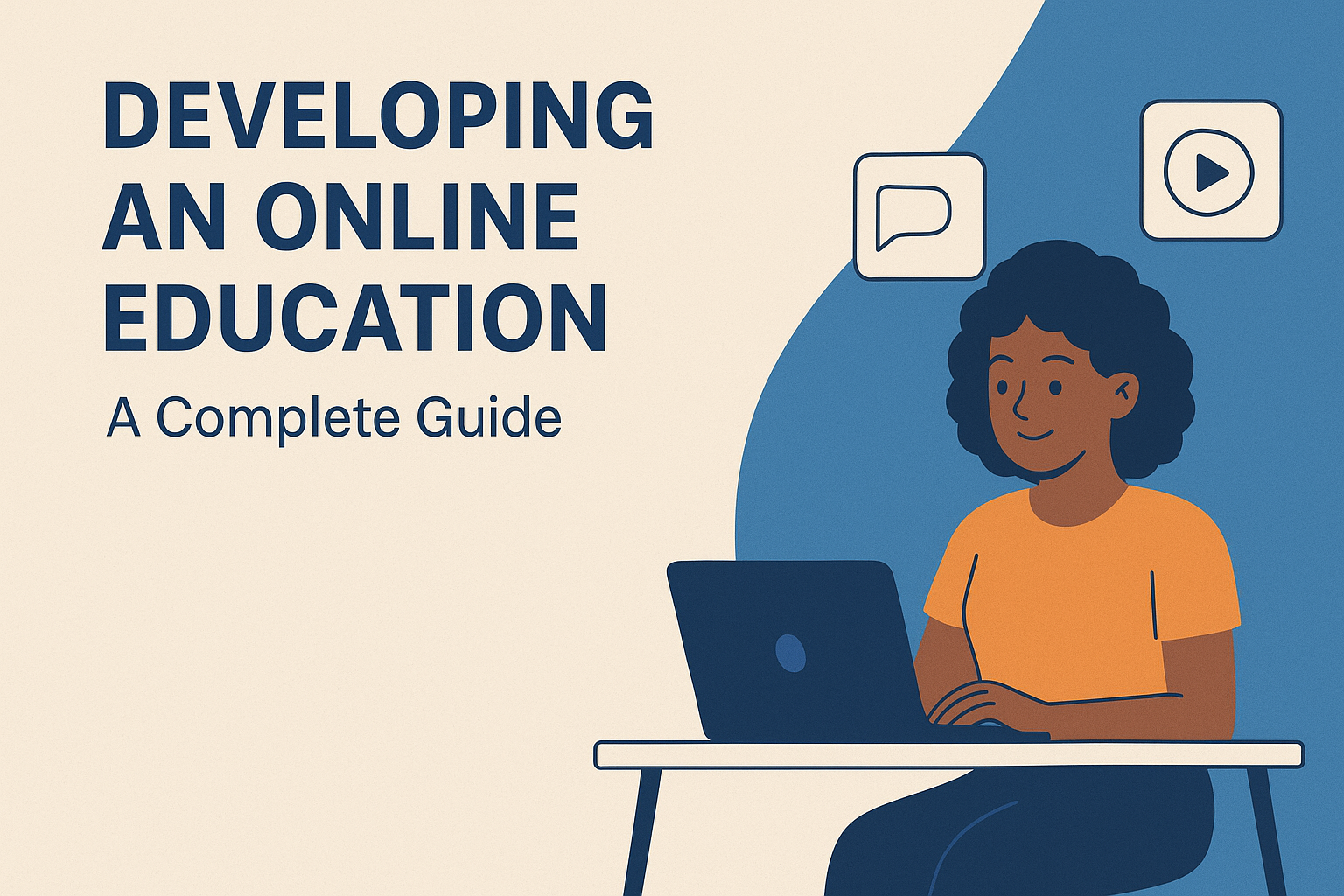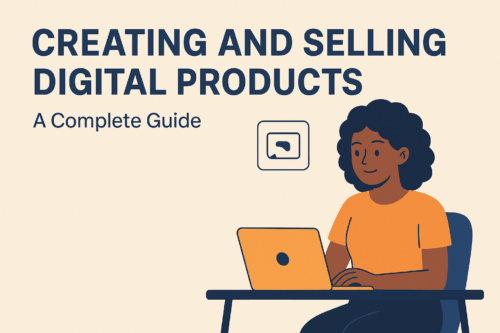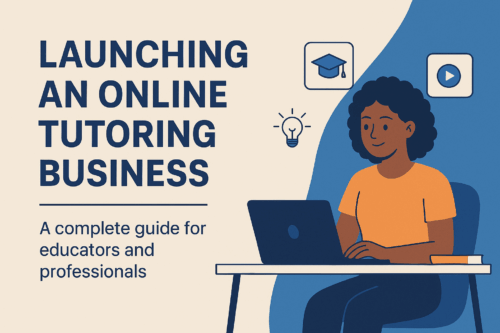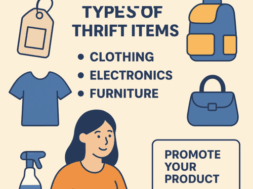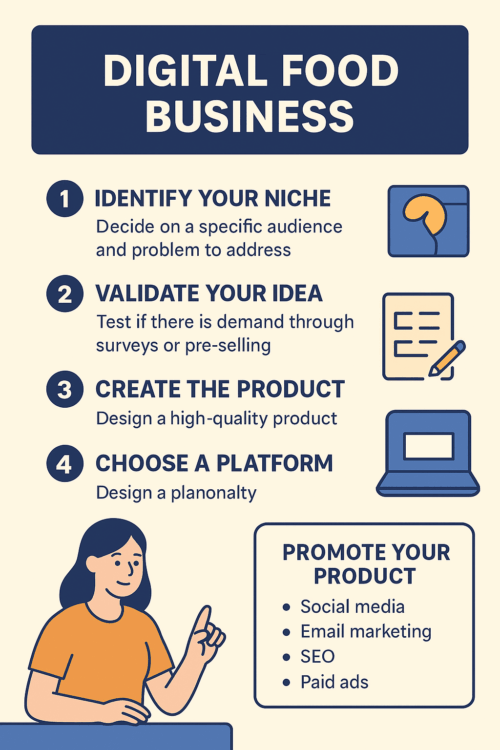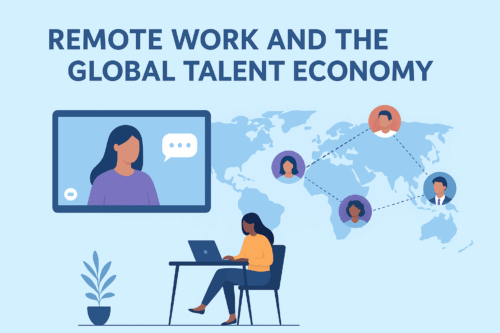Freelancing in IT and Education Technology: A Complete Guide
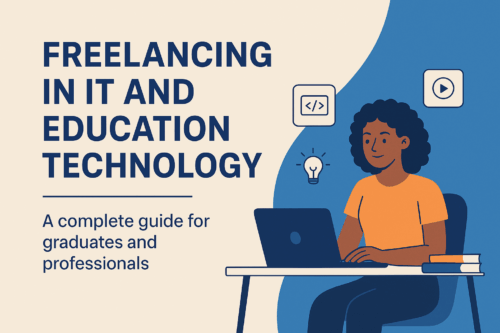
Freelancing has become one of the fastest-growing career paths in today’s digital economy. From web development freelance work to online tutoring jobs for IT graduates, professionals in IT and Education Technology (EdTech) are discovering new opportunities to earn income, build skills, and work with clients across the globe.
With the rise of EdTech startups, e-learning platforms, and digital transformation in education, freelancing is no longer just a side hustle—it is a career path. This article explores why freelancing in IT and education technology is a promising choice, how to get started, and the future of this growing industry.
Why IT and Education Graduates Should Consider Freelancing
Freelancing is especially beneficial for IT and education graduates because it allows them to:
- Work Flexibly: Choose projects and set your own schedule.
- Earn Income Early: Start small jobs while building experience.
- Access Global Markets: Work with international clients from anywhere.
- Explore Diverse Roles: From digital literacy freelance training to content creation for e-learning, opportunities are vast.
Freelancing is not only a stepping stone to traditional employment but also a long-term career option.
Top Freelancing Platforms for IT and Education Professionals
General Platforms
- Upwork: Popular for IT and content creation projects.
- Fiverr: Great for offering specific services like graphic design or tutoring.
- Freelancer: Competitive but wide-ranging in IT and EdTech opportunities.
- PeoplePerHour: Ideal for short-term projects and flexible tasks.
Specialized Platforms
- Toptal: Best for highly skilled IT professionals such as developers.
- Online Tutoring Platforms: Educators can use tools like Preply, Chegg Tutors, or dedicated platforms for online teaching freelance work.
These platforms help beginners and experienced freelancers connect with clients and projects globally.
High-Demand Freelancing Skills in IT and EdTech
IT Skills in Demand
- Web Development: HTML, CSS, Python, Java, and WordPress remain essential.
- Graphic Design: Using tools like Canva or Adobe to create visuals for clients.
- IT Virtual Assistant Services: Helping businesses with tech-related admin tasks.
EdTech Skills in Demand
- Online Tutoring: Providing academic or technical instruction via Zoom, Google Meet, or Microsoft Teams.
- E-Learning Content Creation: Designing quizzes, lessons, and materials for platforms like Blackboard, Moodle, or Canvas LMS.
- Digital Literacy Training: Teaching basic IT and internet skills to individuals and organizations.
How to Start Freelancing as a Fresh Graduate
Starting freelancing may feel intimidating, but with the right steps, it becomes manageable:
- Choose Your Niche: Decide if you want to focus on tutoring, development, design, or e-learning.
- Set Up Accounts: Create professional profiles on platforms like Upwork or Fiverr.
- Start Small: Take smaller projects to build credibility.
- Invest in Digital Literacy: Learn essential tools like Google Workspace and Microsoft Office.
For beginner freelancing tips for IT graduates, consistency and willingness to learn are key.
You can also read on: https://baobabentrepreneur.com/entrepreneurship-in-ghana-agrico-hubs-lessons-for-startups-and-smes/#google_vignette
Creating a Strong Online Portfolio
In freelancing, portfolios often matter more than resumes. They show clients your skills and achievements directly.
- Develop Sample Projects: Build websites, design e-learning content, or record demo lessons.
- Showcase Results: Highlight the outcomes of your work—such as student improvement or website functionality.
- Customize Your Portfolio: Tailor it to your field, whether IT development, tutoring, or content creation.
A strong portfolio is one of the best ways to secure freelance opportunities in EdTech and IT.
Best Practices for Pricing and Negotiating Projects
One of the biggest challenges freelancers face is setting their rates.
- Start Competitively: As a beginner, lower rates can help you gain initial projects and reviews.
- Adjust Over Time: Increase rates as your experience and portfolio grow.
- Negotiate Professionally: Be clear about deliverables and deadlines.
- Value Over Price: Communicate the benefits clients will get, not just the cost.
Challenges in Freelancing and How to Overcome Them
Freelancing comes with unique challenges:
- Inconsistent Income: Diversify projects and clients to maintain steady work.
- Client Acquisition: Use multiple platforms and networks to find opportunities.
- Scams and Fraud: Research clients before accepting projects.
- Workload Management: Use tools like Trello or Google Calendar to stay organized.
By anticipating these obstacles, freelancers can avoid common pitfalls and stay productive.
Building Long-Term Client Relationships
Sustainable freelancing requires strong client relationships:
- Deliver Quality Consistently: Always meet or exceed client expectations.
- Communicate Clearly: Regular updates build trust.
- Ask for Feedback: Improve your services and gain testimonials.
- Encourage Repeat Business: Offer packages or discounts for long-term collaboration.
Long-term clients provide stability and referrals, which reduce the need for constant job hunting.
Future of Freelancing in IT and EdTech
The future of freelancing in IT and education technology looks bright:
- EdTech Startups: Growing demand for digital learning solutions.
- E-Learning Companies: Increasing need for content creators and online tutors.
- IT Virtual Assistant Services: Rising demand for digital support roles.
- Sustainable Careers: Freelancing is shifting from temporary work to full-time opportunities.
With remote work becoming mainstream, freelancing in IT and EdTech will continue to grow as a career of choice.
Actionable Steps to Kickstart Your Freelancing Journey
If you’re ready to dive into freelancing in IT and EdTech, here’s a simple roadmap to follow:
- Identify Your Strengths – Decide whether you want to focus on IT services (like web development or graphic design) or EdTech opportunities (like tutoring or content creation).
- Set Up Profiles – Create professional accounts on Upwork, Fiverr, Freelancer, and specialized tutoring platforms.
- Build Your Portfolio – Even one or two well-done sample projects can showcase your potential.
- Start Networking – Connect with EdTech startups, e-learning companies, and online tutoring agencies through LinkedIn and professional groups.
- Stay Updated – Constantly learn new skills such as Python, Canva, Moodle, or Zoom facilitation to stay relevant.
- Stay Consistent – Success in freelancing doesn’t happen overnight; patience and persistence are key.
Tips for Long-Term Success
- Focus on Specialization – Being “known for something” helps you stand out in competitive platforms.
- Build Systems for Growth – Use digital tools to track projects, automate invoices, and manage clients efficiently.
- Adapt and Innovate – The digital world changes quickly; embrace new EdTech tools and IT trends.
- Balance Work and Life – Freelancing gives flexibility, but self-discipline ensures productivity.
Final Thoughts
The rise of education technology freelancing and IT freelance opportunities is not just a trend—it’s shaping the future of work in Africa and beyond. For IT graduates, teachers, and EdTech enthusiasts, freelancing opens doors to global income streams, personal growth, and career independence.
Whether you dream of building apps, teaching coding online, creating e-learning content, or offering IT virtual assistant services, the opportunities are endless. With resilience, consistency, and innovation, freelancers can create careers that are both profitable and impactful.
👉 Now is the time to take the leap. Start building your portfolio, explore freelancing platforms, and tap into the growing demand for IT and EdTech services. Your freelancing journey could be the gateway to financial independence and a global career.
Conclusion
Freelancing in IT and Education Technology is one of the most exciting opportunities for today’s graduates and professionals. Whether you are interested in web development freelance work, online tutoring jobs for IT graduates, or digital literacy freelance training, there is a growing market for your skills.
By choosing the right platform, building a strong portfolio, setting fair pricing, and focusing on long-term relationships, anyone can turn freelancing into a sustainable and rewarding career.
👉 The future of work is digital, and freelancing is leading the way. Now is the best time to take your first step into freelance opportunities in EdTech and IT
